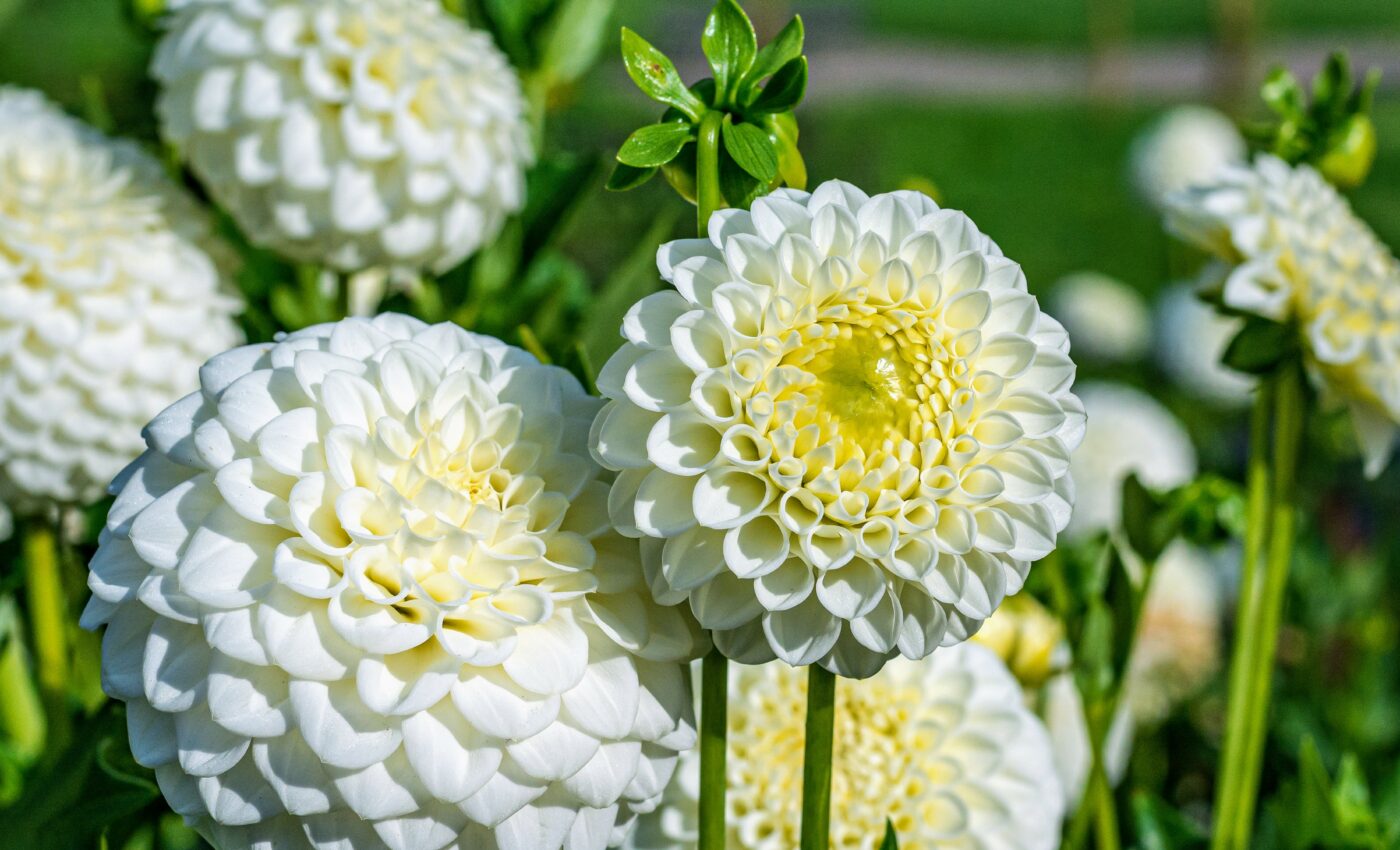
Flower patterns help honeybees find food
A new study led by the University of Exeter has revealed that honeybees are not just looking for colors, but also patterns, while hunting for flowers to feed on.
Honeybees can see at a resolution that is about 100 times lower than humans. This low-resolution vision does not allow them to see a flower’s pattern clearly until they are within a few centimeters.
But now, the Exeter team has discovered that bees can distinguish between different flowers by using a combination of color and pattern.
For the investigation, the researchers set out to gain a better understanding of how bees see flowers. In a series of tests, the bees rarely ignored flower patterns while foraging. This indicates that bees do not rely on color alone to find flowers.
“We analyzed a large amount of data on plants and bee behavior,” said Professor Natalie Hempel de Ibarra, from Exeter’s Centre for Research in Animal Behaviour. “By training and testing bees using artificial patterns of shape and colour, we found they relied flexibly on their ability to see both of these elements.”
“Showing how insects see color and learn color patterns is important to understand how pollinators may, or may not, create evolutionary ‘pressures’ on the colors and patterns that flowers have evolved.”
“Our findings suggest that flowers don’t need to evolve too many different petal colors, because they can use patterns to diversify their displays so bees can tell them apart from other flowers.”
The experts also noticed one striking feature that consistently stood out to them among flowers: the outside edges usually contrasted with the plant’s foliage, but this contrast was not found in the center of the flower. This may help bees identify color differences quickly.
Professor Hempel de Ibarra emphasized that understanding more about bees – and the threats they face – means that we need to see the world “through the eyes of a bee and the mind of a bee.”
The research is published in a special issue of the journal Philosophical Transactions of the Royal Society B.
–—
By Chrissy Sexton, Earth.com Staff Writer













